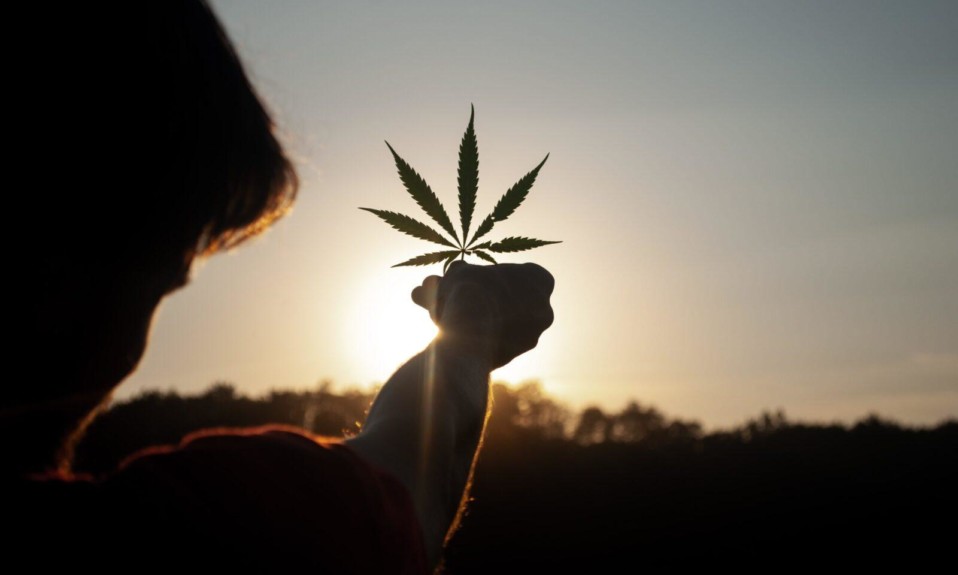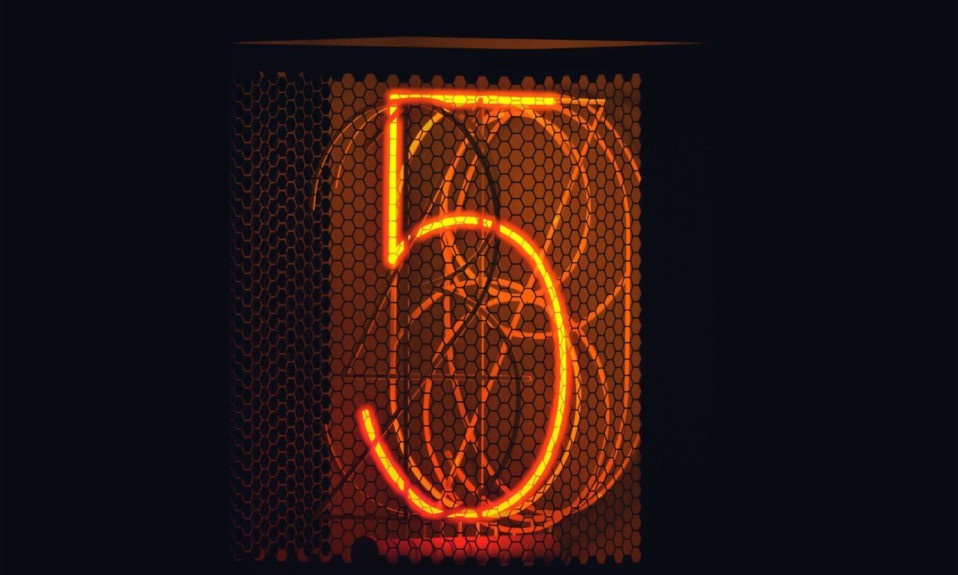A weekly roundup on the latest research and news in addiction, treatment, medicine and science
By William Wagner
December 8, 2020Dude, don’t drive stoned. A new study published on the JAMA Network confirms that bit of wisdom—at least in part. Other topics that piqued our interest for this week’s “From the Journals” are the time periods when alcohol does the most harm, how the OD crisis has affected Latino communities, and the minds of individuals with gambling disorder.
From the JAMA Network:
New Study (and Common Sense): Don’t Drive While Under the Influence of Marijuana
It should seem obvious that driving while under the influence of marijuana is potentially harmful to you and everyone else on the road, but some evidence is always helpful in conveying the message. Unfortunately, the evidence from a new study wasn’t quite as definitive as public health officials might like. A randomized clinical trial supported by Maastricht University in the Netherlands found that the impairment of driving skills “with THC-dominant and THC/CBD-equivalent [vaporized] cannabis was significantly greater at 40 to 100 minutes but not 240 to 300 minutes after consumption.” (THC-dominant marijuana is the kind that gets you “stoned,” whereas the CBD grade is not thought to have intoxicating effects and is sometimes prescribed for medical conditions such as epilepsy and anxiety.) In other words, participants suffered only “short-term impairment during experimental on-road driving.” The authors acknowledge, however, that their results might be at least partially off the mark, as “the doses tested may not represent common usage.”
From BMJ:
Pinpointing When the Brain Is Most Vulnerable to Alcohol
A new study conducted by researchers from Australia and the United Kingdom shows that there are certain periods when alcohol can be particularly harmful to the brain. The three most pivotal time frames: gestation (conception to birth), later adolescence (ages 15 to 19) and the twilight years (after age 65). To mitigate the dangers, the researchers advocate for “interventions such as guidelines on low risk drinking, alcohol pricing policies, and lower drunk driving limits [that] need to be accompanied by the development of training and care pathways that consider the human brain at risk throughout life.”
From Substance Use & Misuse:
Shining a Light on ODs in Hispanic Communities
“The U.S. drug overdose crisis has devastated communities across the nation, yet relatively little is known about recent impacts in diverse Hispanic populations.” So writes Manuel Cano in Substance Use & Misuse—and he wanted to do something about that. Cano, an assistant professor in the Department of Social Work at the University of Texas at San Antonio, dissected nationwide death certificate information from 2017 in order to get a handle on exactly what drugs are doing to U.S. Latino communities. He discovered that the OD death rate among Latinos overall was lower than those of non-Latino whites and Blacks. The statistics, however, varied from Hispanic subgroup to subgroup. For example, people of Puerto Rican descent actually had a higher OD death rate than those of non-Hispanic whites and Blacks. The solution? Cano writes, “The diverse demographic profiles of Hispanic drug overdose decedents underscore the need for culturally tailored interventions.”
From the Journal of Behavioral Addictions:
Blind “Luck”? Inside the Minds of Gamblers
Why, even amid a run of staggering losses, do hardcore gamblers keep gambling? According to a study out of the University of British Columbia’s Centre for Gambling Research, it’s because their brains block out the negative ramifications. The study reports that individuals with gambling disorder instead fixate almost blindly on the upside, no matter how slight that chance of winning might be. By recruiting and experimenting with dozens of participants, the researchers believe they were able to “shed light on the psychological mechanisms that may contribute to poor decision-making in gamblers.”














